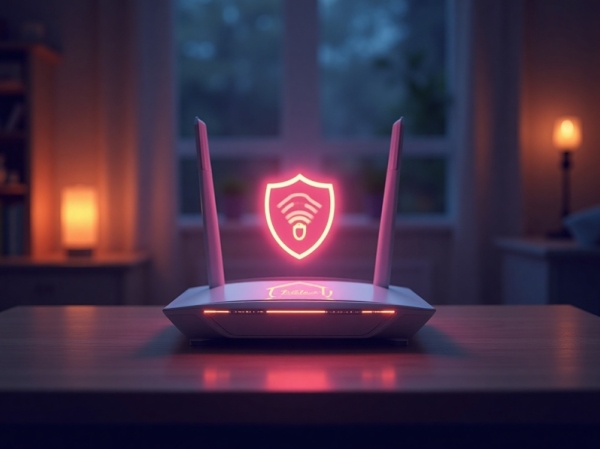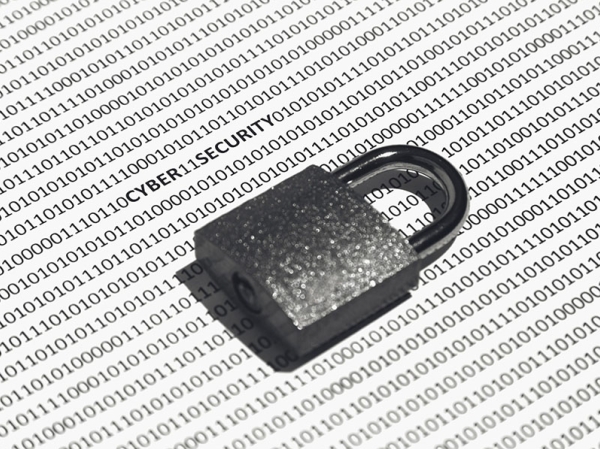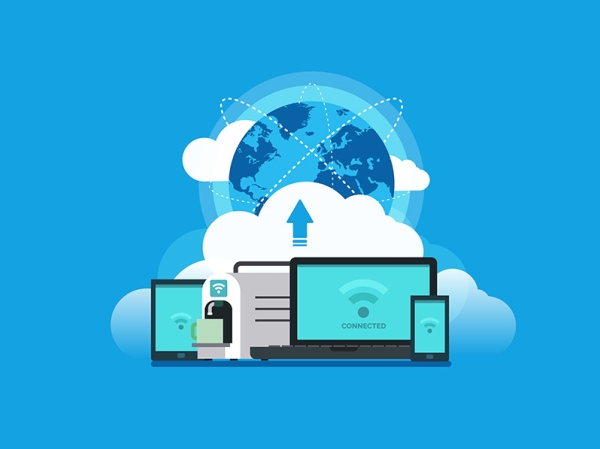When we talk about IP addresses, we're referring to unique identifiers that allow devices to communicate over the Internet. But did you know there are two main versions? In this article, we’ll explore the key differences between IPv4 and IPv6, their advantages and limitations, and how to know which one you're using.
What Is IPv4?
IPv4 (Internet Protocol version 4) is the older and still most commonly used protocol worldwide. It uses 32-bit addresses, allowing for about 4.3 billion unique addresses. A typical IPv4 address looks like 192.168.1.1.
However, due to the explosive growth of connected devices, IPv4 address space has been exhausted in many regions.
What Is IPv6?
IPv6 (Internet Protocol version 6) was developed to solve the address shortage. It uses 128-bit addresses, enabling over 340 sextillion unique combinations. A sample IPv6 address is 2001:0db8:85a3:0000:0000:8a2e:0370:7334.
In addition to massive address expansion, IPv6 offers improvements in security, routing efficiency, and automatic configuration.
IPv4 vs IPv6 Comparison
| Feature | IPv4 | IPv6 |
|---|---|---|
| Address Length | 32 bits | 128 bits |
| Format | Decimal with dots (e.g. 192.168.1.1) | Hexadecimal with colons (e.g. 2001:db8::1) |
| Number of Addresses | ~4.3 billion | ~340 sextillion |
| Built-in Security | No (requires external solutions) | Yes (IPSec) |
| Auto Configuration | Limited (DHCP) | Yes (Stateless Address Autoconfiguration) |
How to Know If You're Using IPv4 or IPv6
The easiest way is to visit an online tool like Cualesmiip.com, which shows your public IP address and tells you whether it's IPv4 or IPv6.
In this article we’ve learned that...
- IPv4 is still widely used, but its address space is limited.
- IPv6 offers significant improvements and is built for the future of the Internet.
- Both protocols can coexist for years in a “dual stack” setup.
Want to see your IP address now? Visit Cualesmiip.com and check whether you’re using IPv4 or IPv6.

















